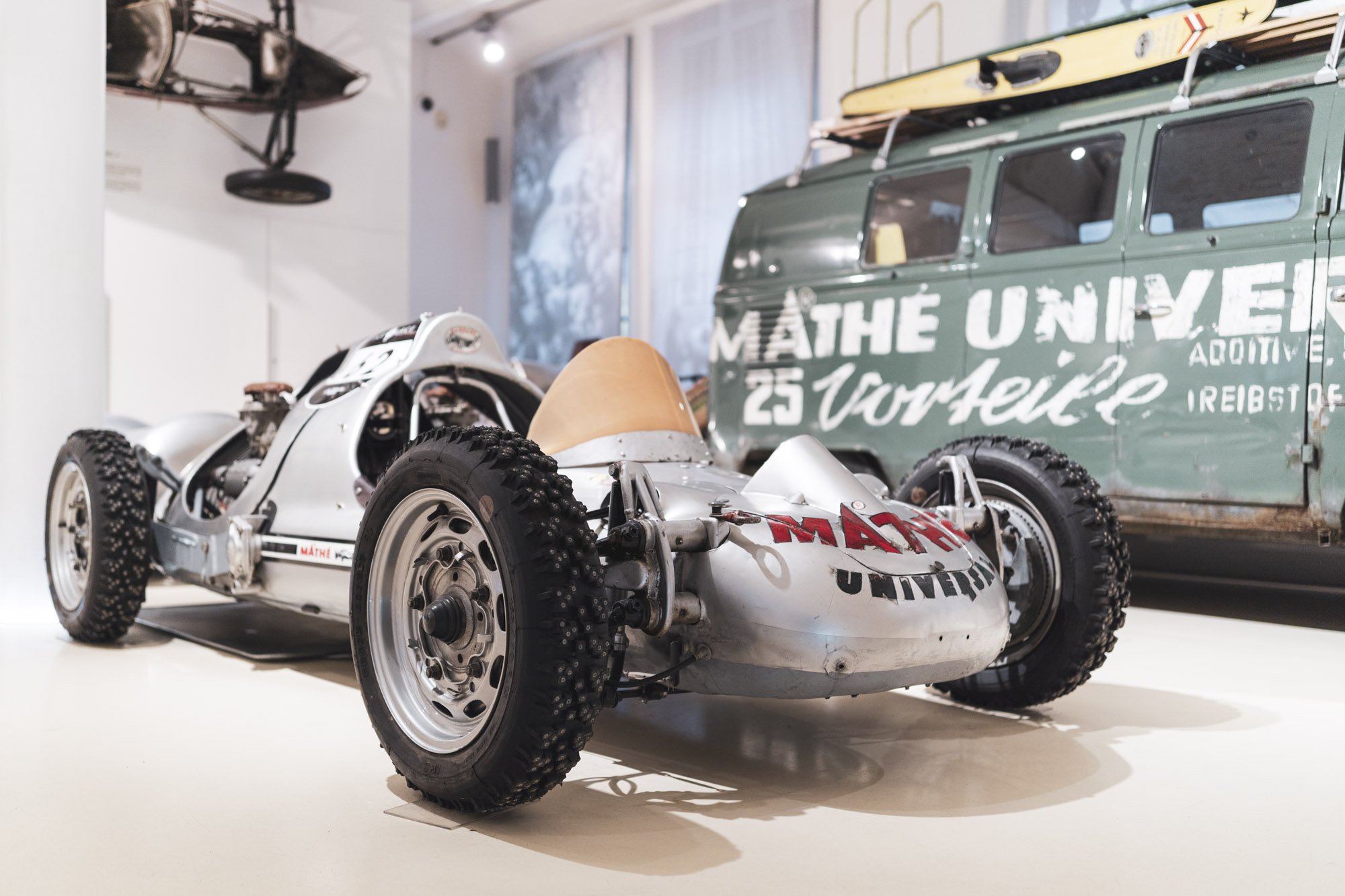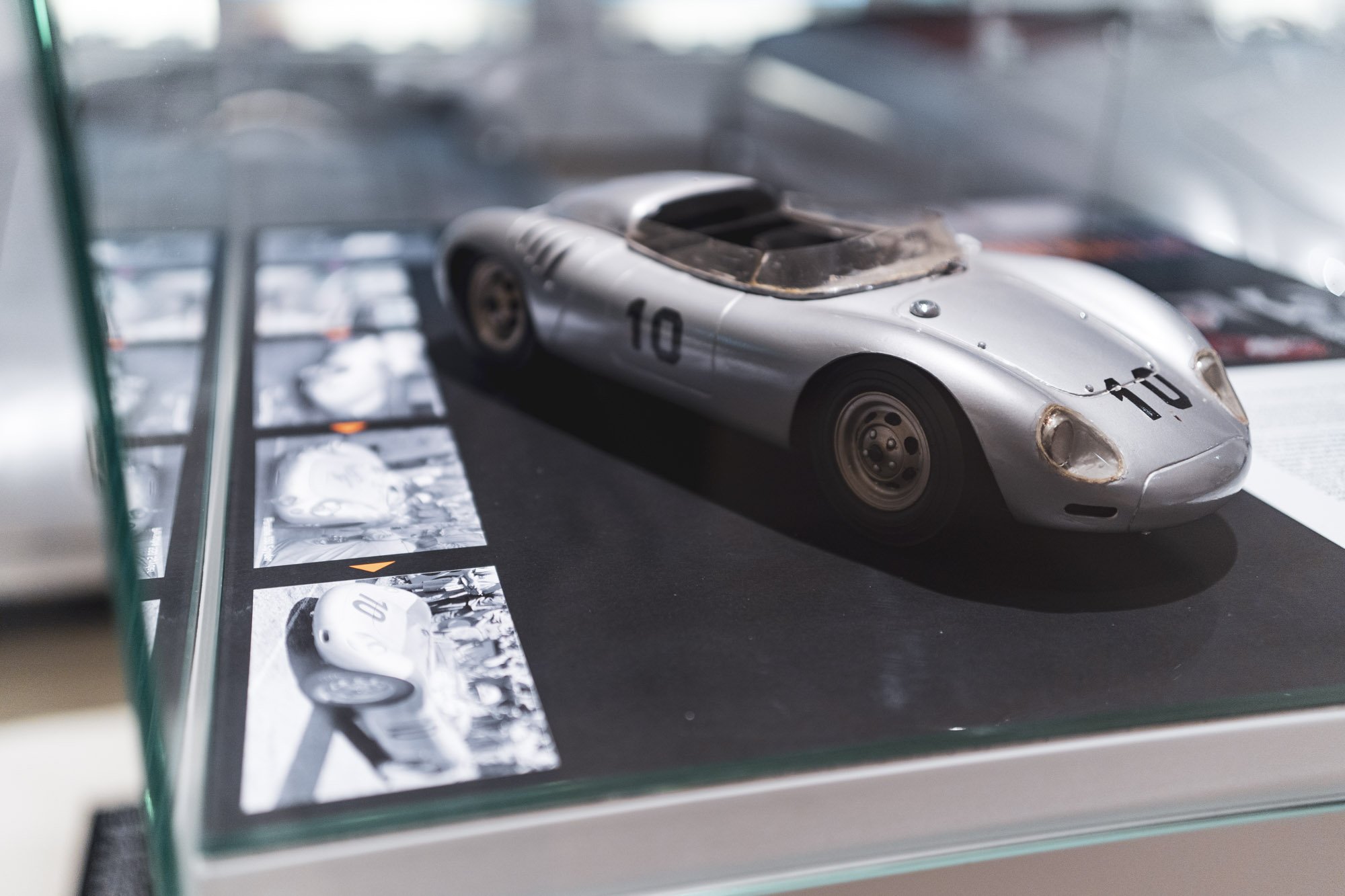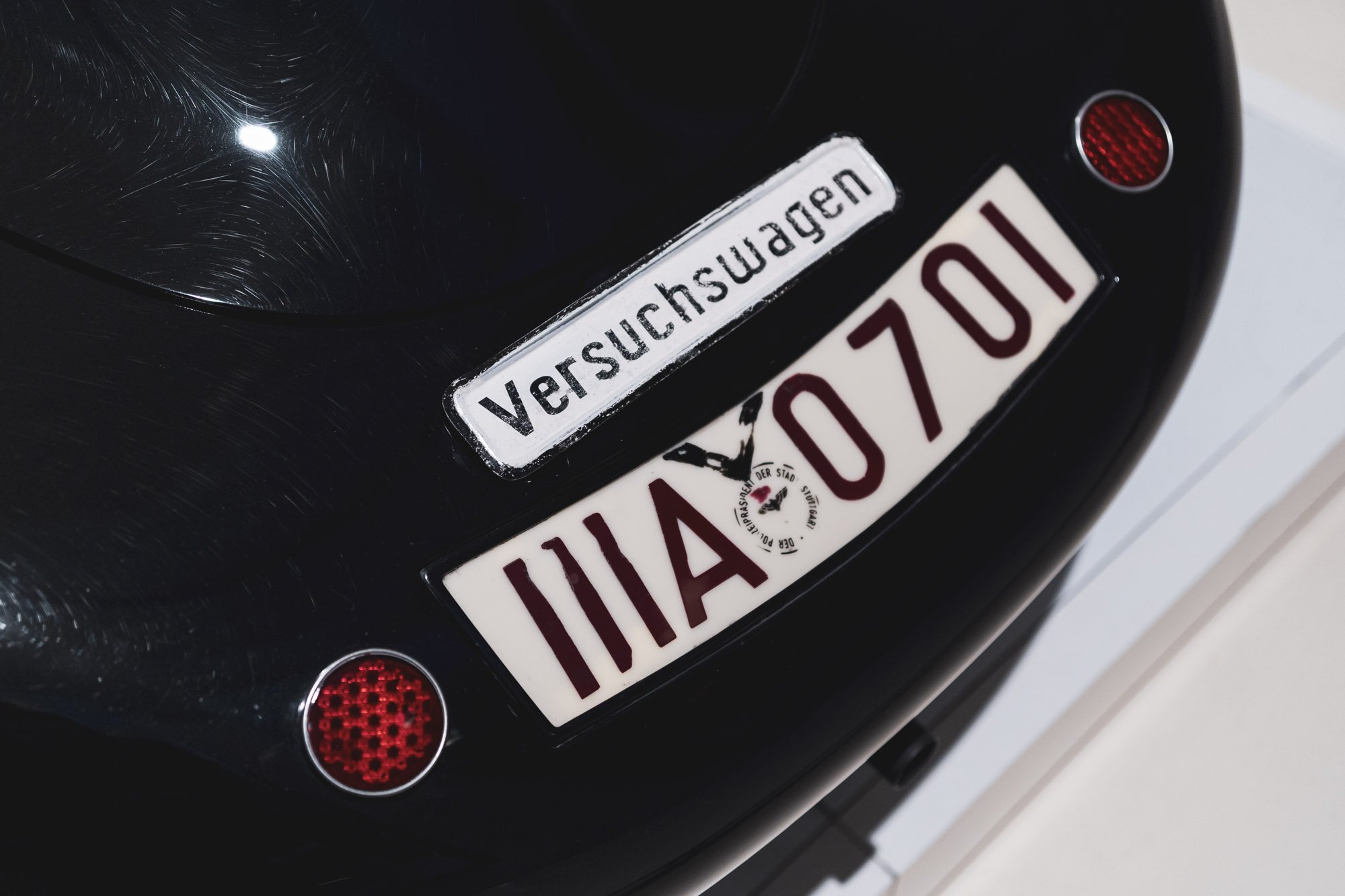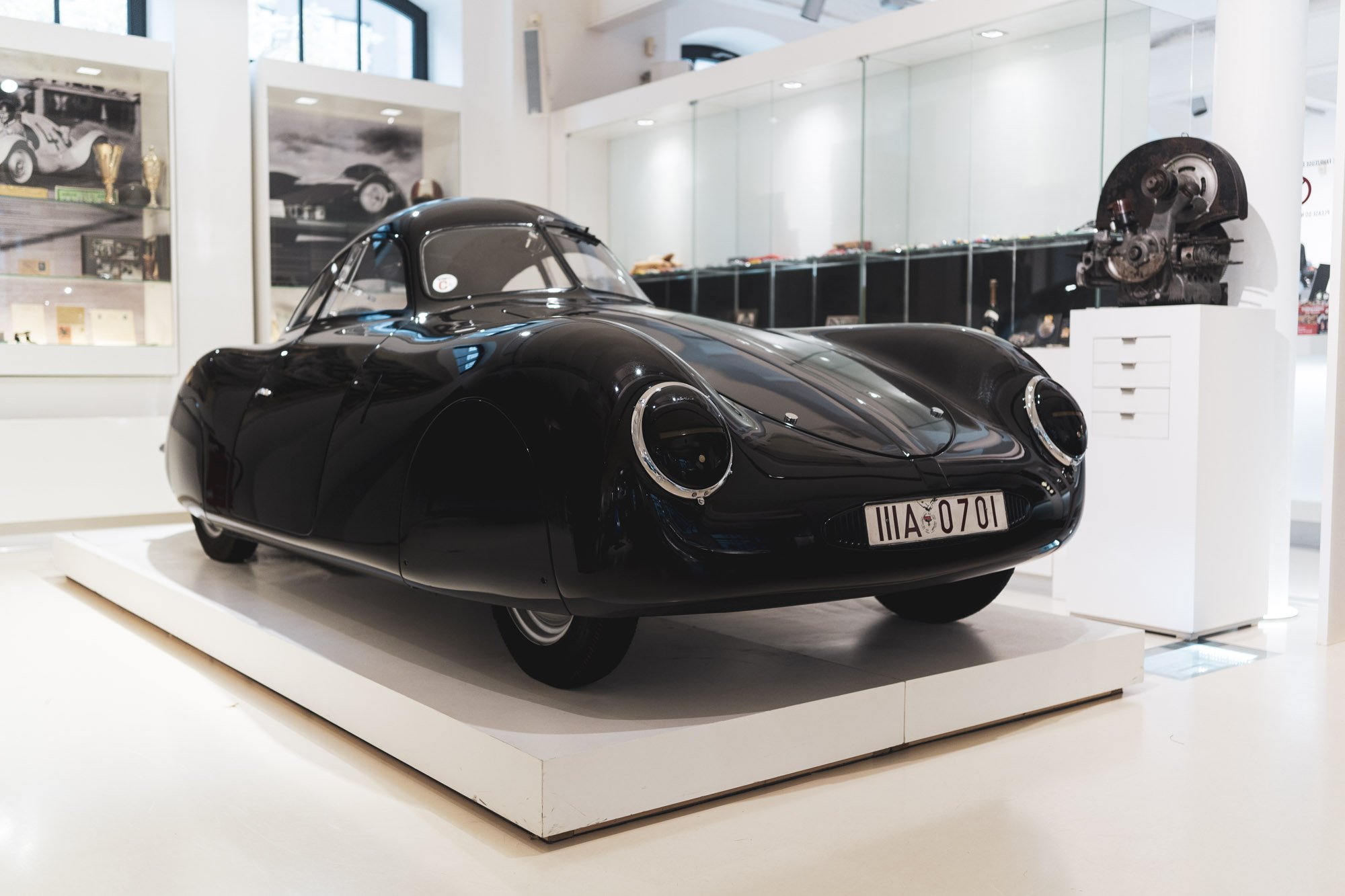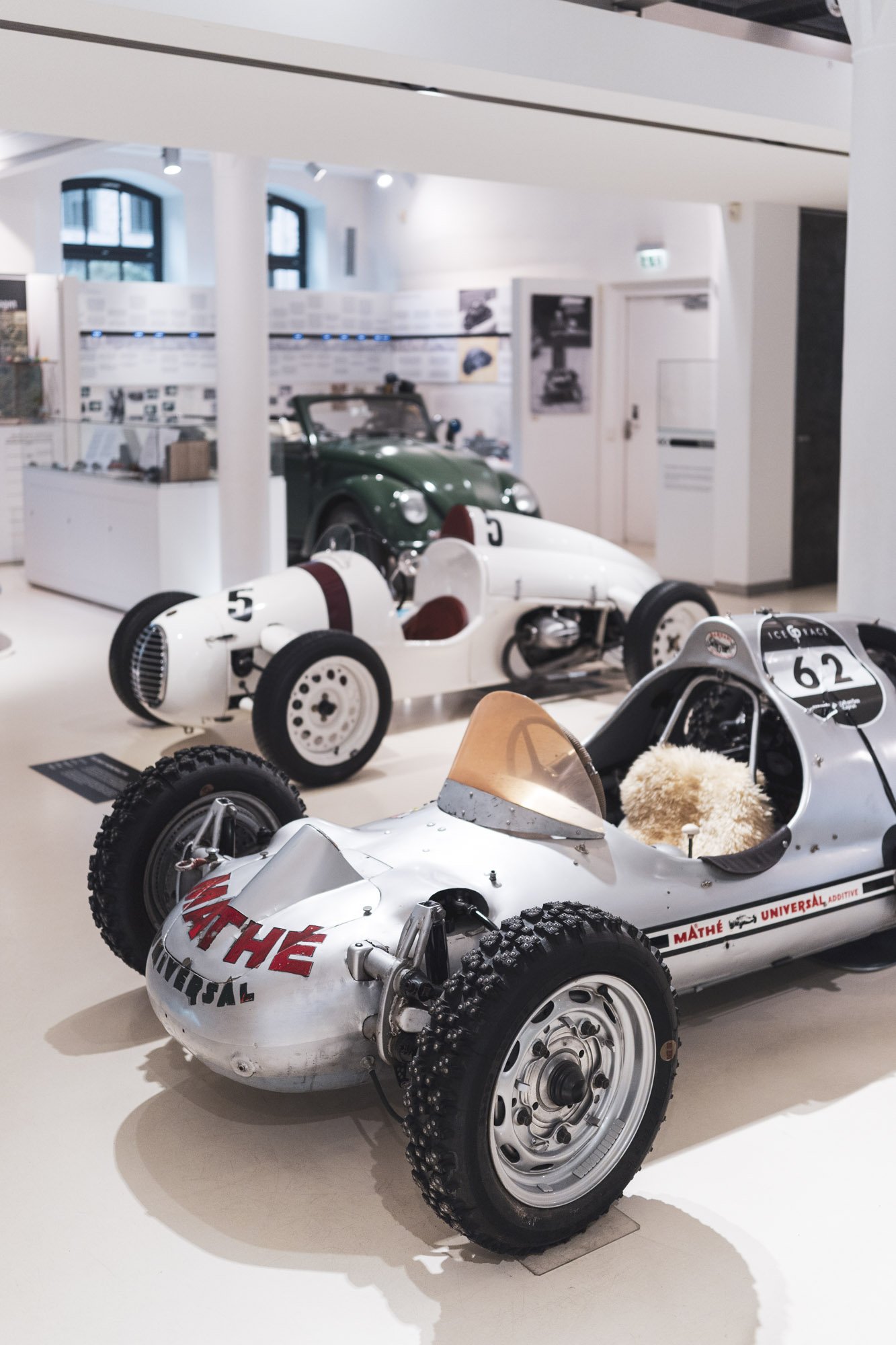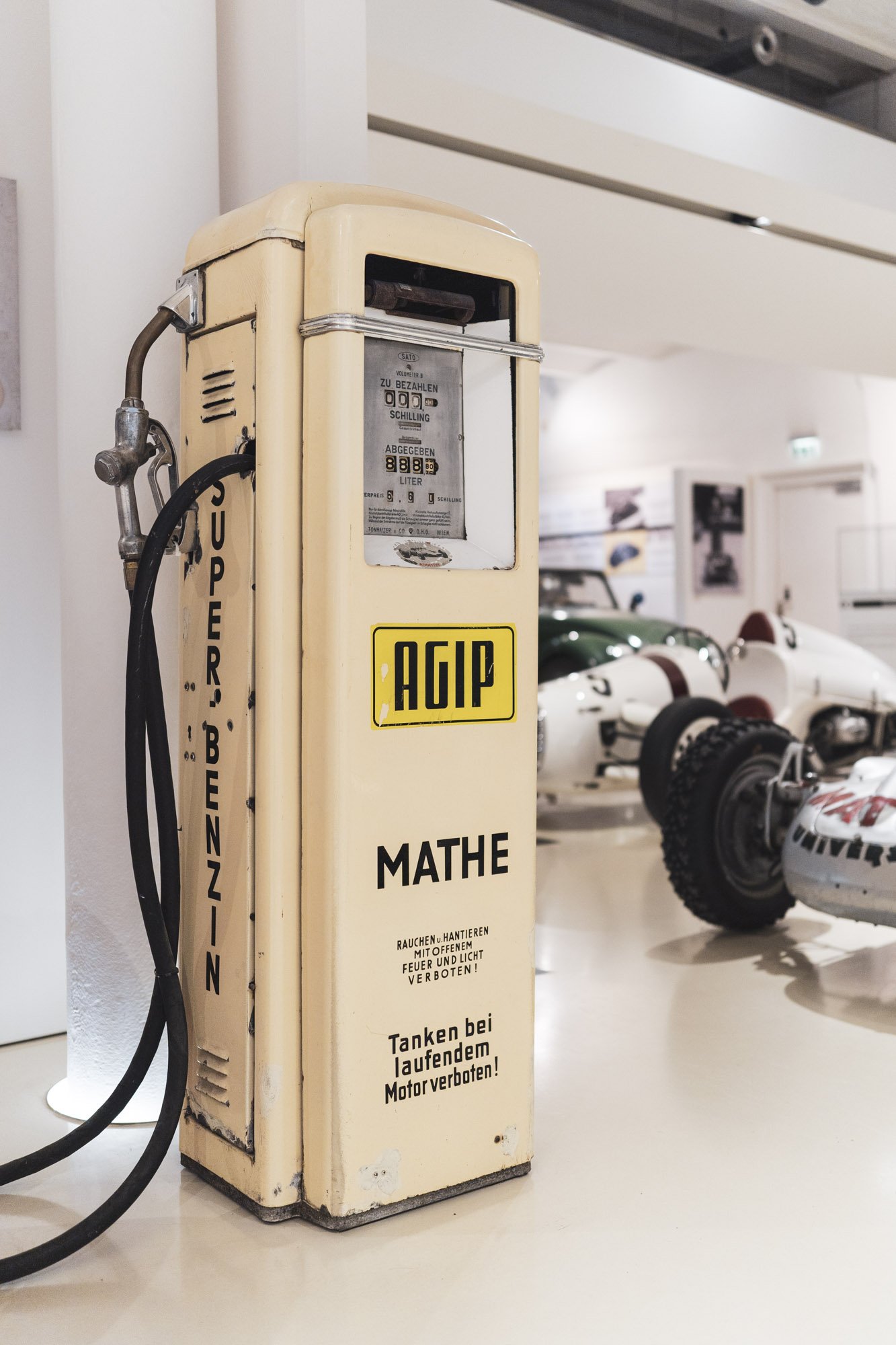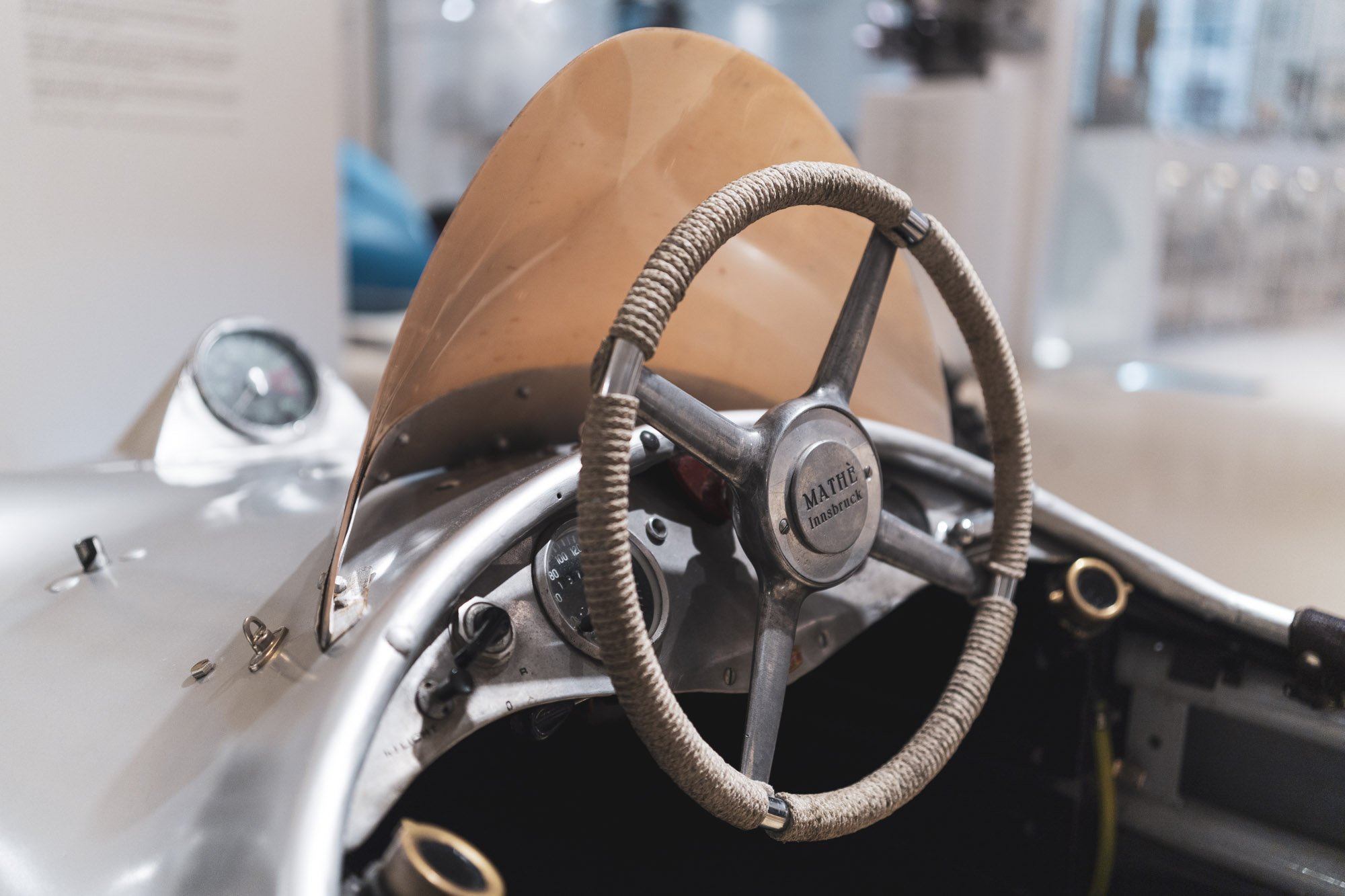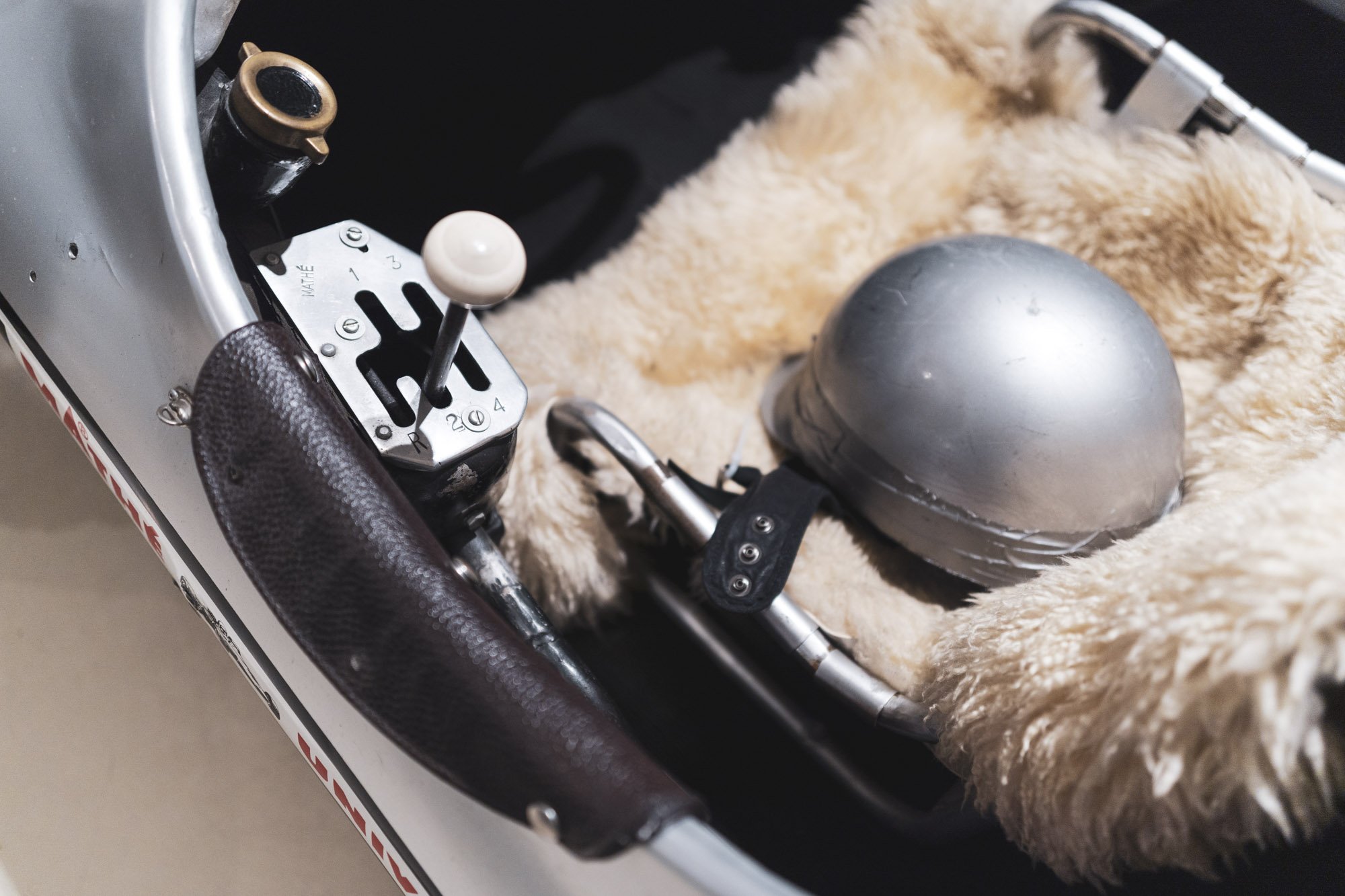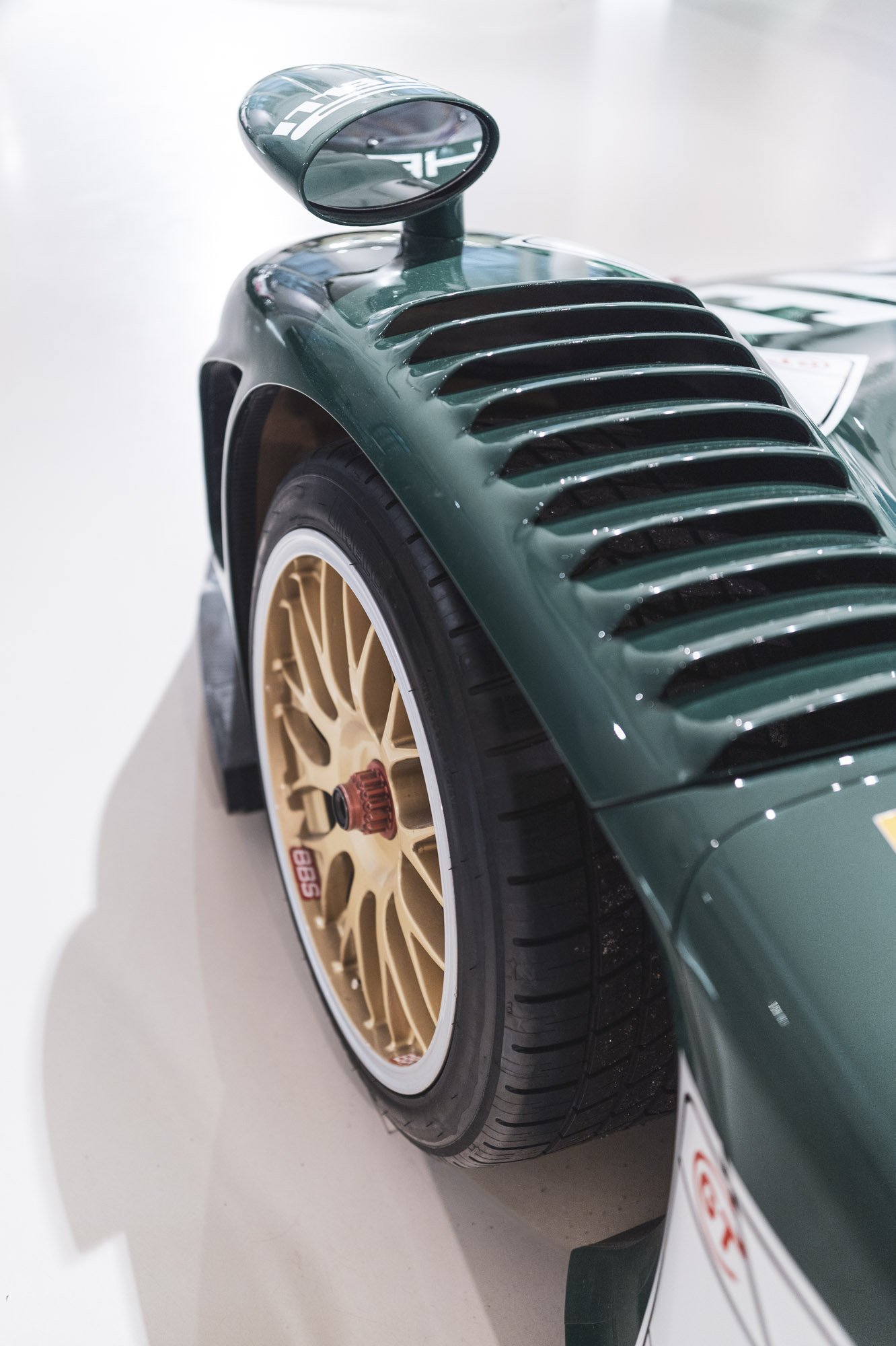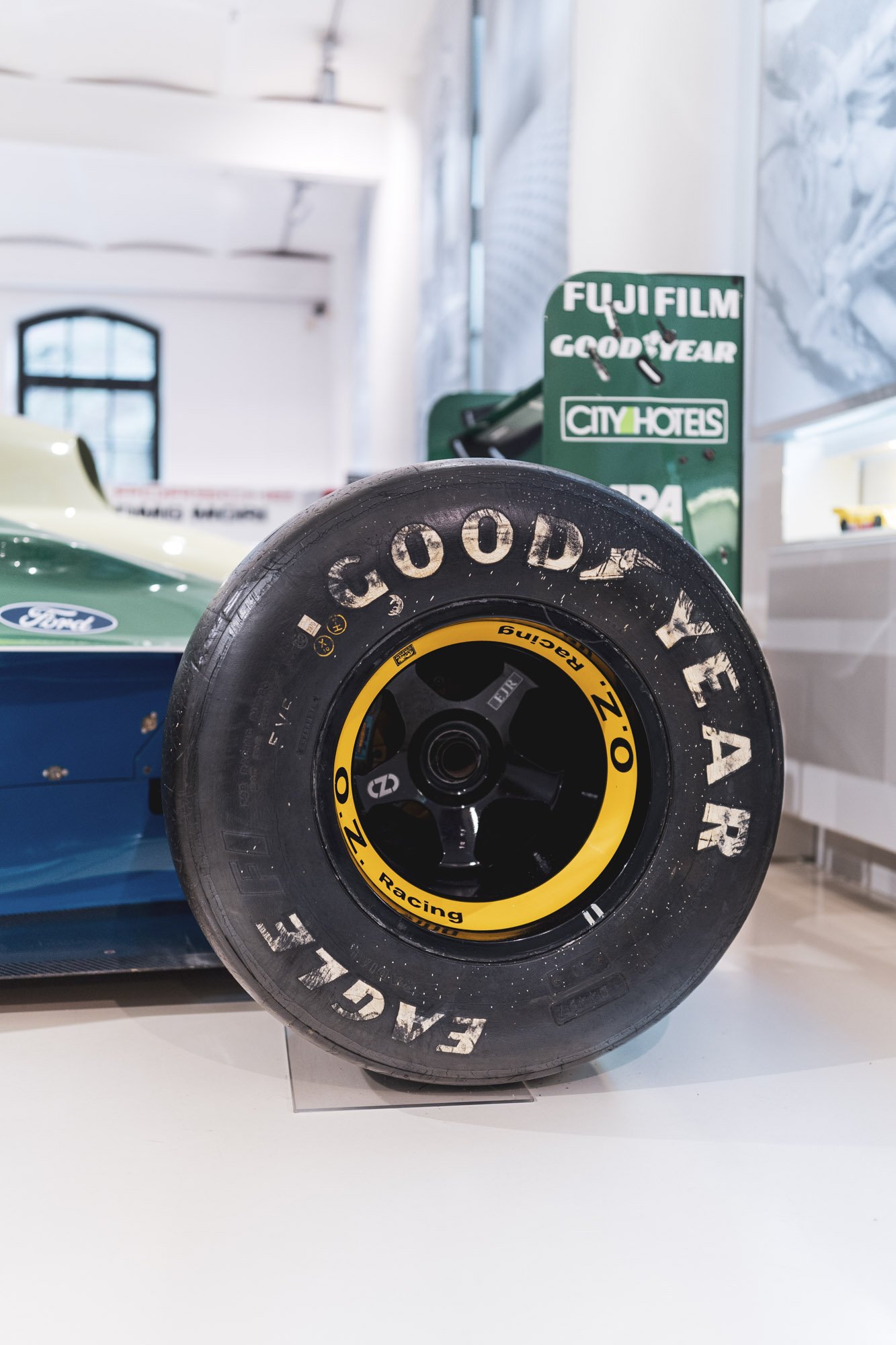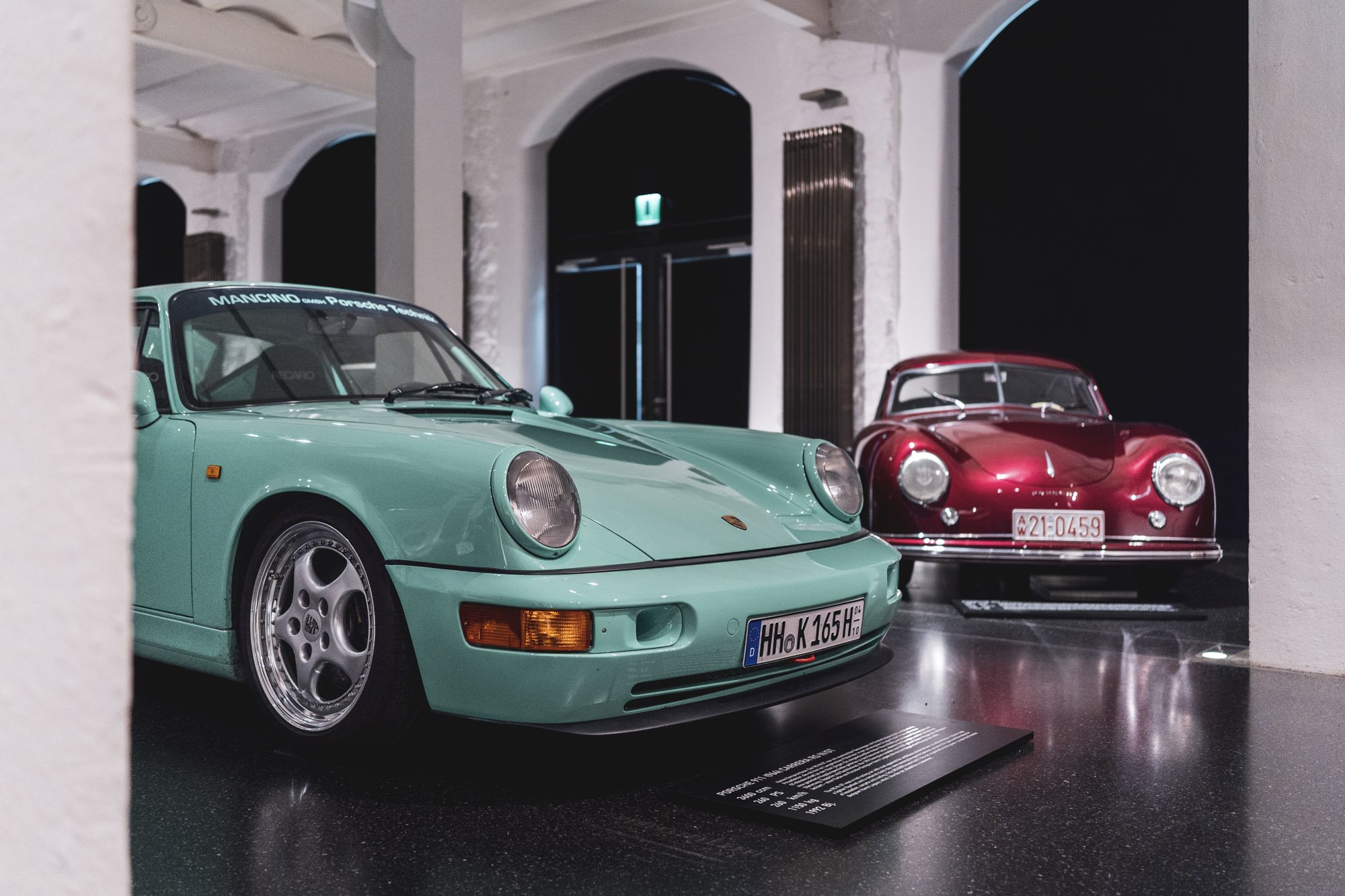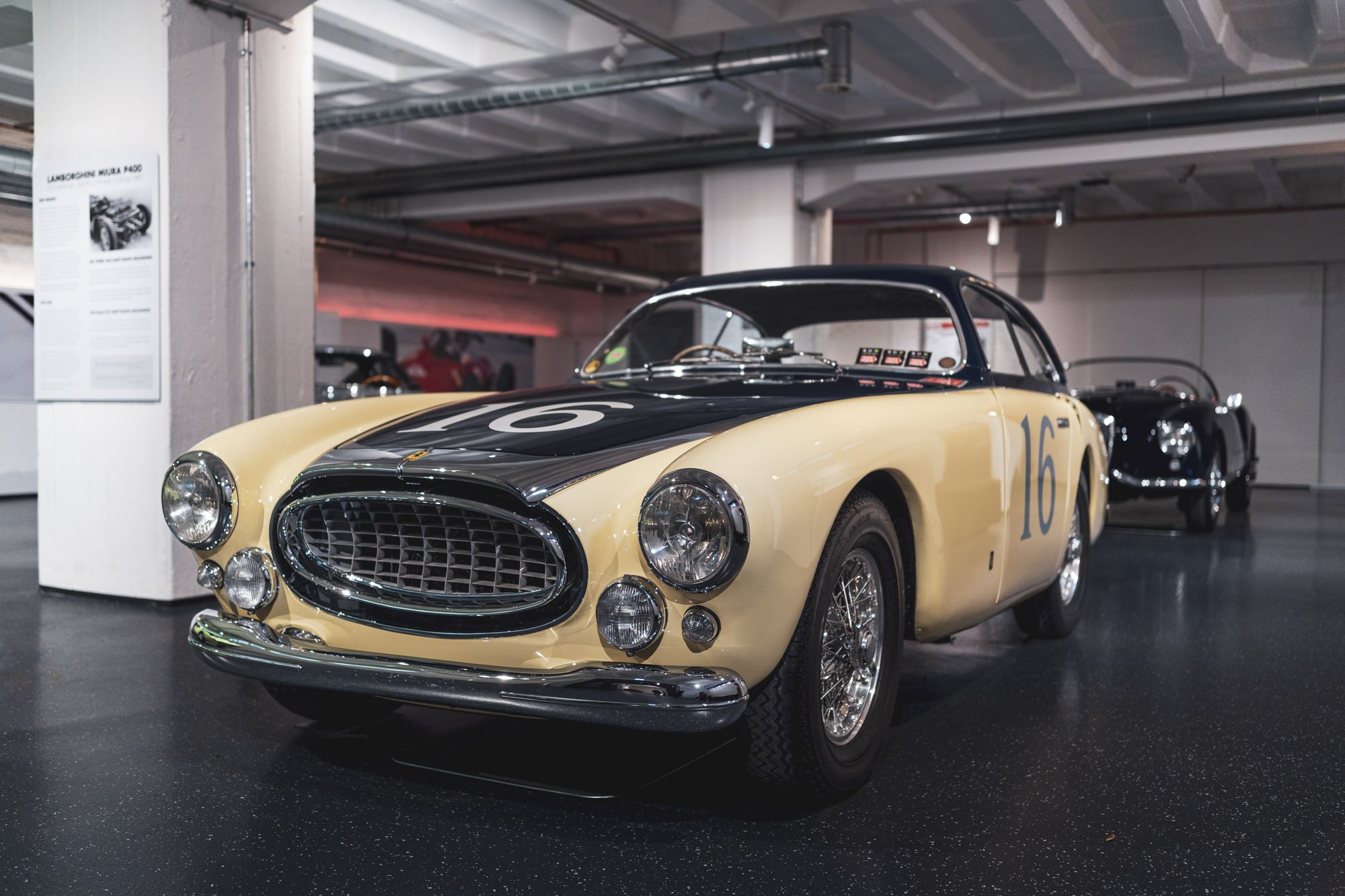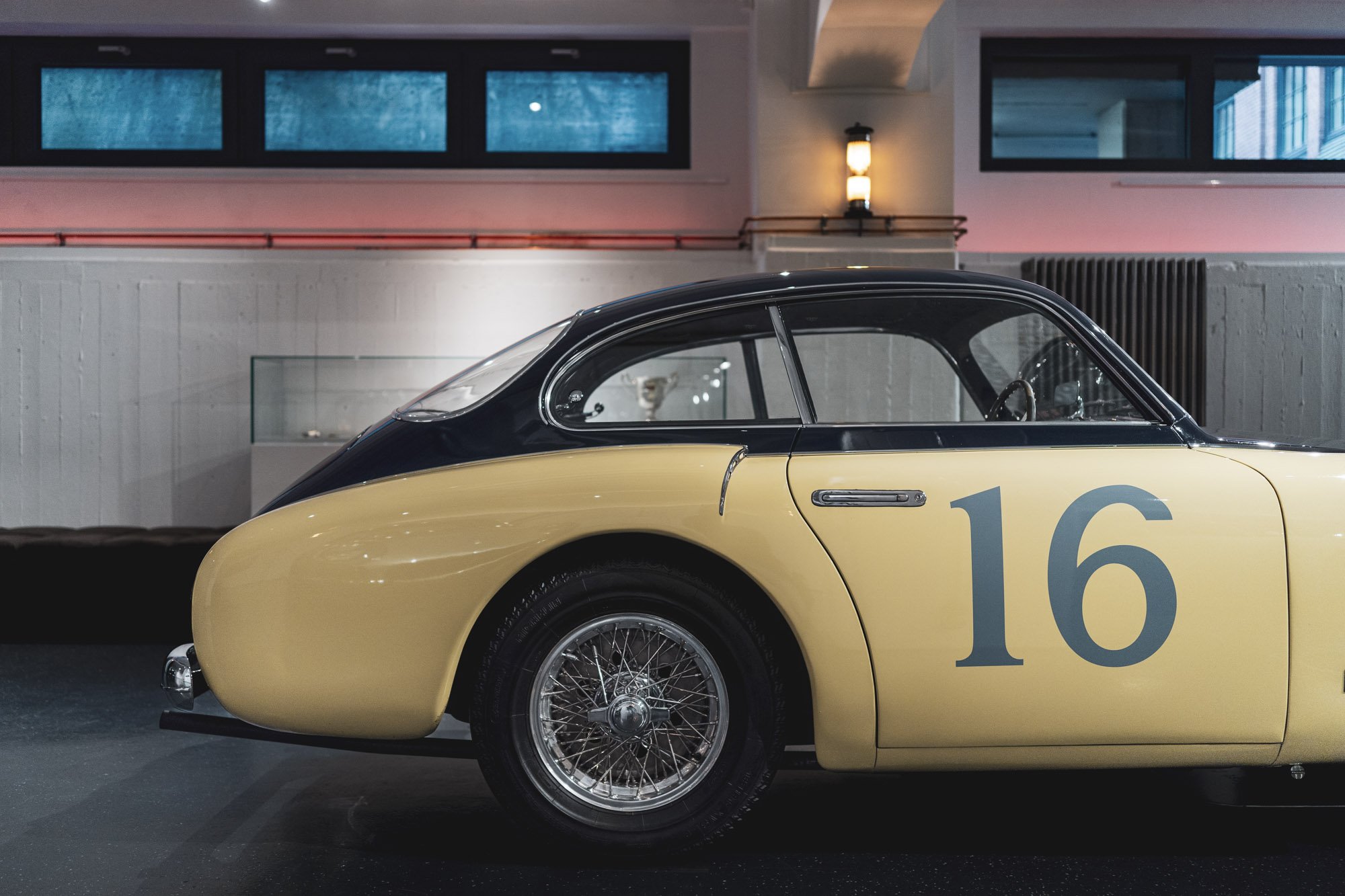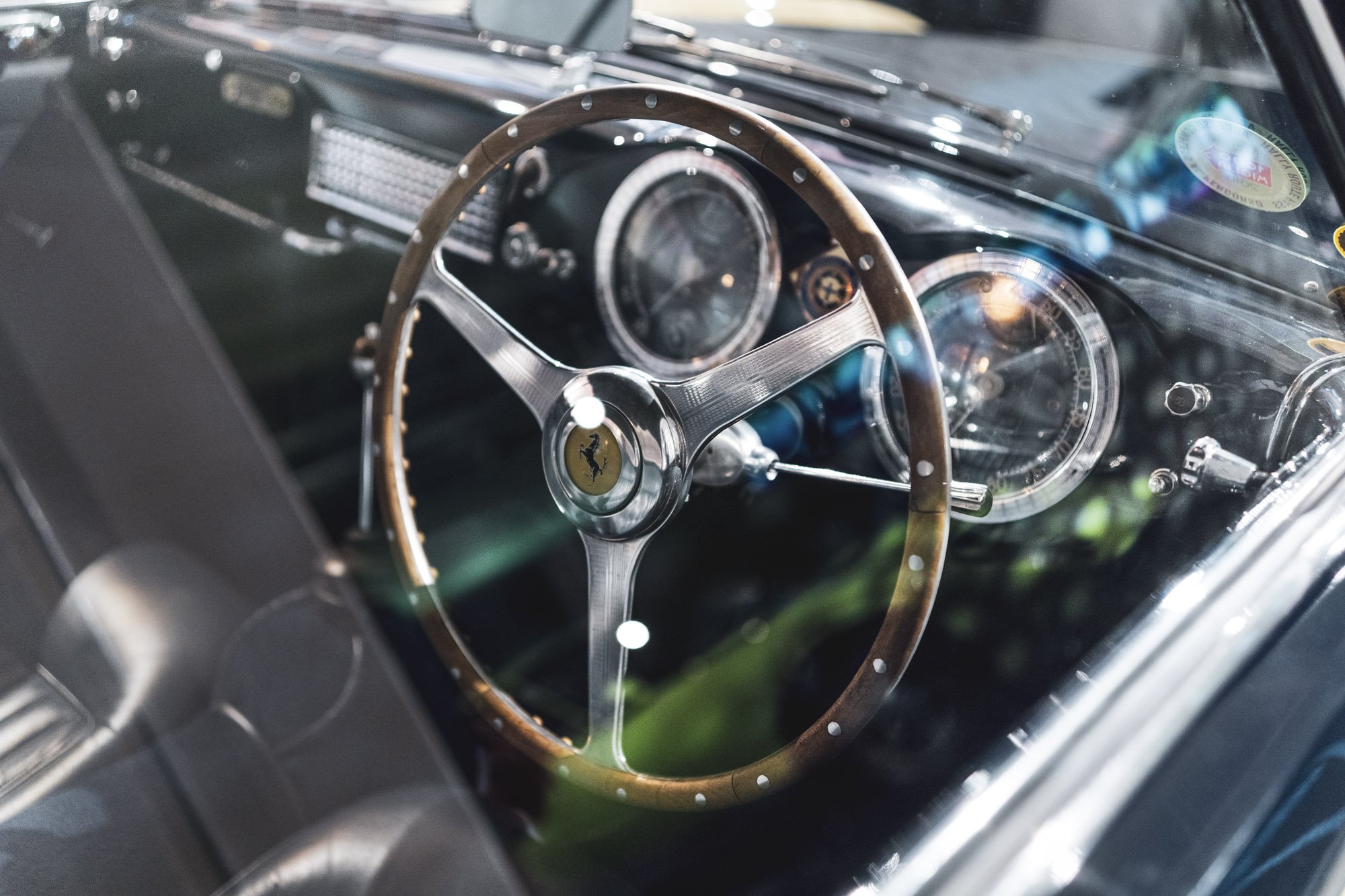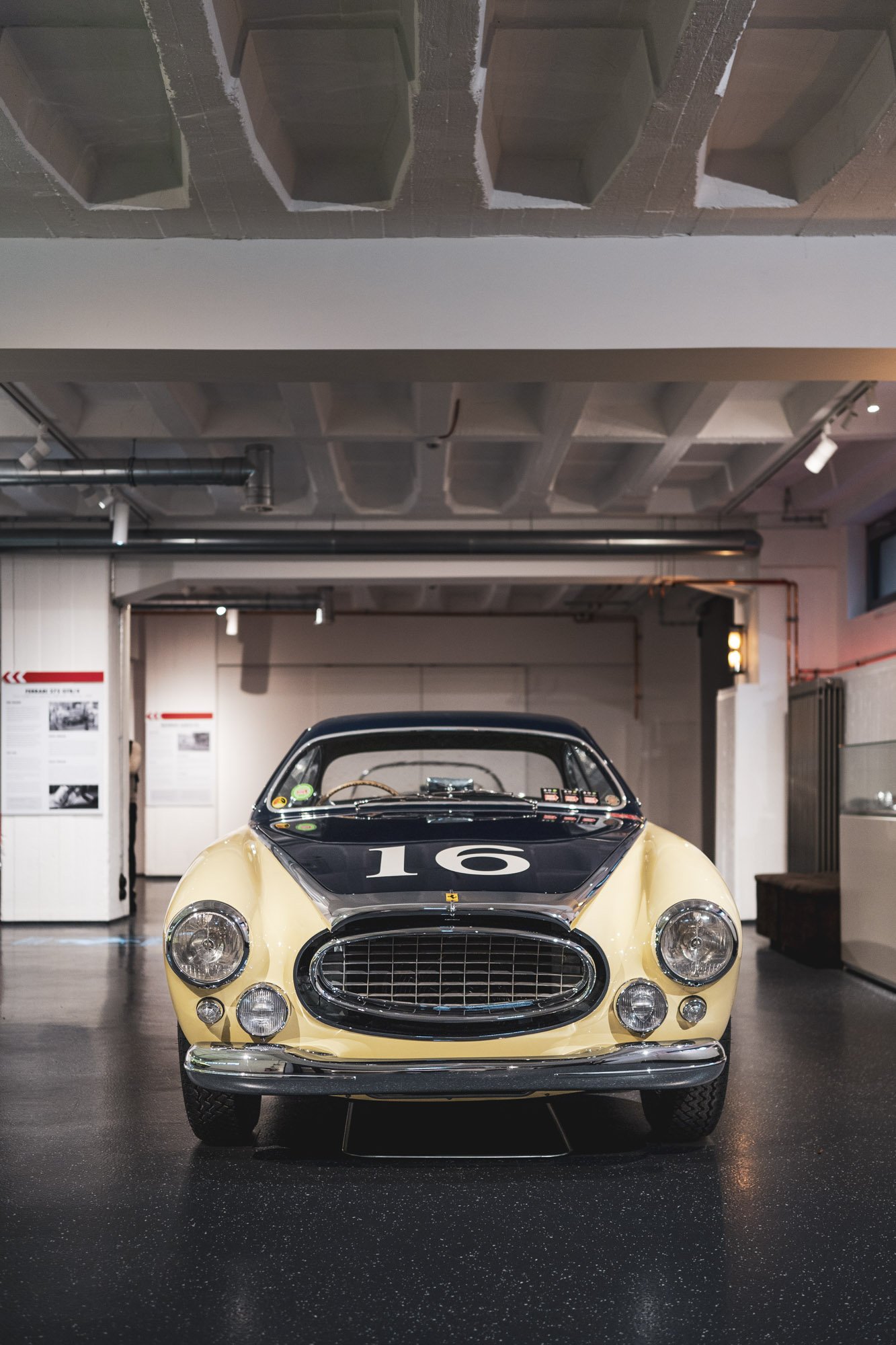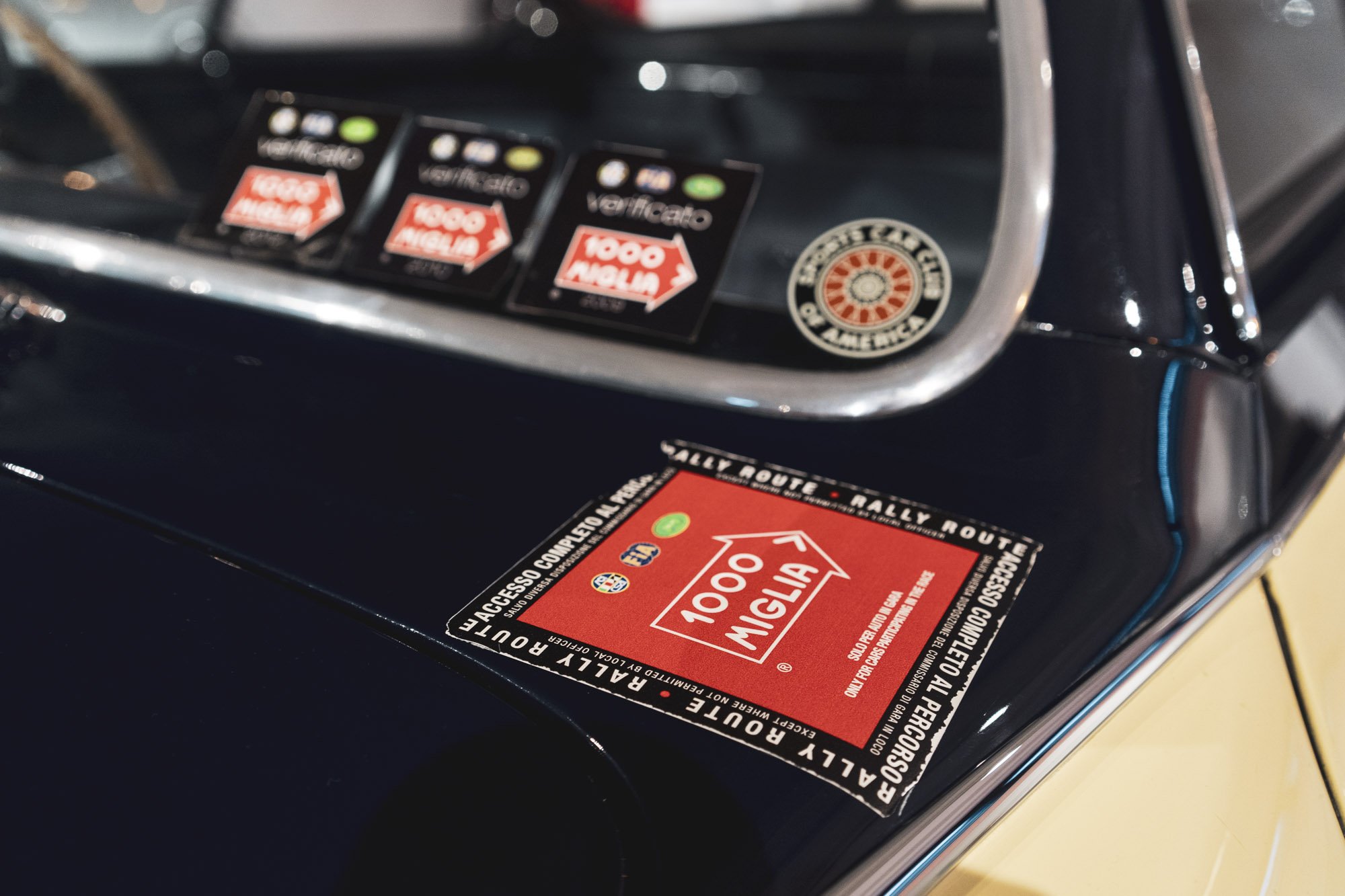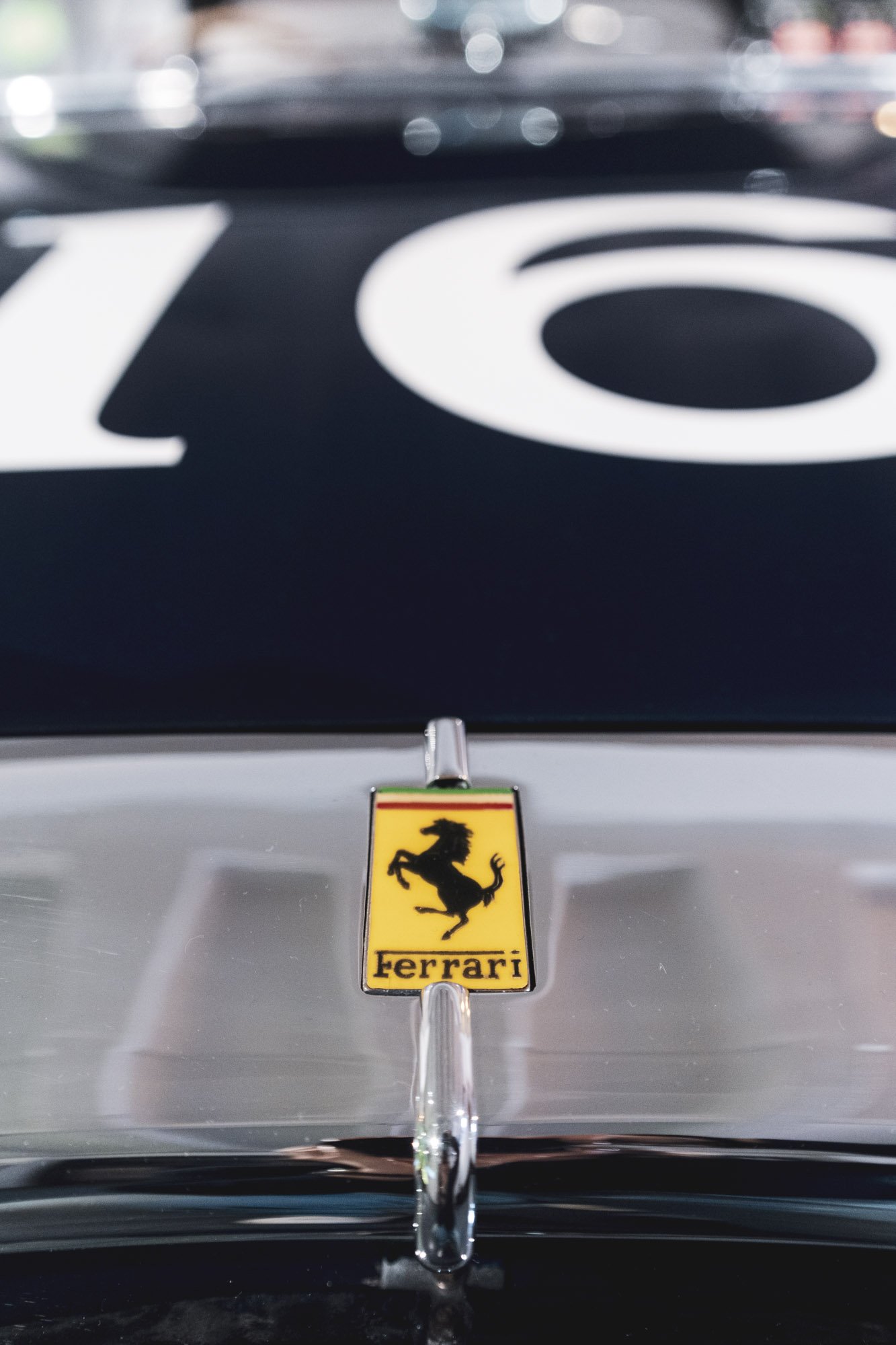Surprise in Hamburg – The Prototyp Museum
THE FATE OF AN AUTOMOTIVE TRAVELLER
Some say, you cannot evade your fate. Well, it might be true, as coming to Hamburg I had no intention on visiting the Prototyp Museum. To be completely frank, I didn’t even know it existed. Yet, when sightseeing the city my preferred way - by foot - I was caught by surprise by a large brass letterboard over renovated brick facade. It said – Automuseum! As it had happened right before the Rennmeister gathering, I sadly had no time to visit straight away. Checking the opening hours brought a relief - it was open on Sunday, too!
The name Prototyp does not come from nowhere, and contrary to what comes to mind first, it did not find its origin from collecting prototypes only – even though it possesses a few. Ever since it was founded in 2008, its guiding principle was to bring the exhibits closer to visitors and to do so without bias. To do so, the museum keeps no dependencies and is therefore free to display cars and memorabilia of its own liking. Having said that, Prototyp’s overarching principle is rooted in a variation of German abbreviation of passenger car – PKW – standing for Personen, Kraft, Wagen. This sets the exhibition focus on People, Power and Cars respectively. Excited? Let’s walk around!
THE VERY BEGINNINGS
The tour starts at the first floor, where visitors bump right into a spaceship-resembling car. What is it? Whilst the outline looked familiar, I could not pinpoint the exact Porsche model myself. The Type 64 on display is one of three Porsche/Volkswagen built cars, paving the way for future Porsche racers. Interestingly, these 356 ancestors were manufactured specifically to compete in a long-distance rally from Berlin to Rome. That event never happened due to the disastrous second World War, but this extremely light racer paved the way for the Stuttgart’s brand as we know it today.
Few steps away was another pioneer of a car. Volkswagen VW39 Pre-Series is the fourth oldest “Beetle” in the world. Funnily enough, what links it to the Type 64 is not only the colour, but also its powerhouse. As this prototype was mainly used by Ferdinand and Ferry Porsche, it temporarily featured a more powerful Type 64 engine. Not many know, but the official name of the Beetle was supposed to be “KdF-Wagen”, loosely translated as “power-through-joy”. Well, given the fact more than 21.5 million were sold, this couldn’t have been blunt marketing.
A TRIBUTE TO OTTO MATHÉ
Large part of the exhibition is devoted to Otto Mathé. As a rather unknown figure in the racing world, Mathé started as motorcycle racer – a career ended by a rather dangerous accident. Once recovered, he got into cars by driving… also the Type 64 Porsche. Oh, how it is all so connected! He then became a three-times Austrian Champion and national legend with many more wins on his account!
Otto was also a mechanic and that led him to building his own racer, based around centrally placed 1500ccm Porsche engine. The car was nicknamed “Fetzenfliger” after interesting feature of the open engine compartment. This simple but clever solution enabled a quick spark-plug replacement and when covered with textile – operated as an air-filter. For this cover caught on fire rather easily, the ‘flying shreds’ nickname got stuck naturally. In recent years, Fetzenflieger could be caught in its natural habitat, going sideways at GP Ice Race in Zell am See.
WOULD YOU LIKE TO AERO TEST?
Towards the very end of the first floor there is no less impressive exhibition of historic racers. A solid duo was formed by Porsche 718/2-02 F1 bolide parked right besides… Michael Schumacher’s first ever F1 single-seater – the Jordan 191. Already then, he proved his worth by finishing eight in both the training and qualifying. Unfortunately, due to clutch issues Jordan needed to retire the car, but what a debut it was! Almost colour-matching the livery, on the opposite end stood Porsche 996 GT1 version – likely one of the most impressive endurance cars ever. Which of the two is your favourite?
None of the cars would be as successful as they were if it wasn’t for their aerodynamic features. But what does aero mean in practice? How do different shapes affect the wind flows? The answer to that can be found on Prototyp’s ground floor. Here visitors can perform wind tunnel testing on their own. Choose your wooden model, press a button and voila! White smoke starts blowing around, proving aero efficiency or lack thereof. Educational fun at its best!
WHEN A CAR DEPOT IS AN ATTRACTION
The remaining part of the museum is used by Prototyp as a basement car depot, occasionally serving as a temporary exhibition. But… it is hard to tell when is which! When I arrived on display was one of the very first Porsche 356 – namely chassis 5006. Right next to it stood a turquoise 911 964 Carrera RS, with some “regular” 912 and 356 Speedster somewhere inside the hall. Well, you get the grip.
But that’s not the end, far from it! Specially curated was also a display of Italian classics and this selection did not disappoint either. It opened with a green Lamborghini Miura, led through a Maserati A6GCS, Lancia Aurelia B24 Spider before getting to two Prancing Horses – Ferrari 275 GTB/4 and my favourite of them all… the 212 Export Vignale Berlinetta! Tracking down the car it is chassis number 0128E produced in 1951, one of only twenty sever Exports. A pure GT!
SOLID PLAN FOR SUN… ANY DAY
Paradoxically, what comes across as Prototyp’s biggest advantage is also its – maybe one and only – drawback. The space is relatively small compared to what it offers and in certain areas exhibits are devoided of some breathing room, so much needed in a museum. Despite that, the venue is a must-visit for every petrolhead when around Hafencity.
Whether one is coming for a quick stroll with their family to gaze at cars and memorabilia or to experience other attractions such as automotive cinema or racing simulator made of nothing else but a Porsche 356 – Prototyp Museum delivers. And if you get tired, there is also a small café to rest after- or inter-sightseeing and a small shop to commemorate the visit with a book or a miniature. So, what are you waiting for? When are you visiting Hamburg yourself?!
Text & Photos: Adam Pekala ©
